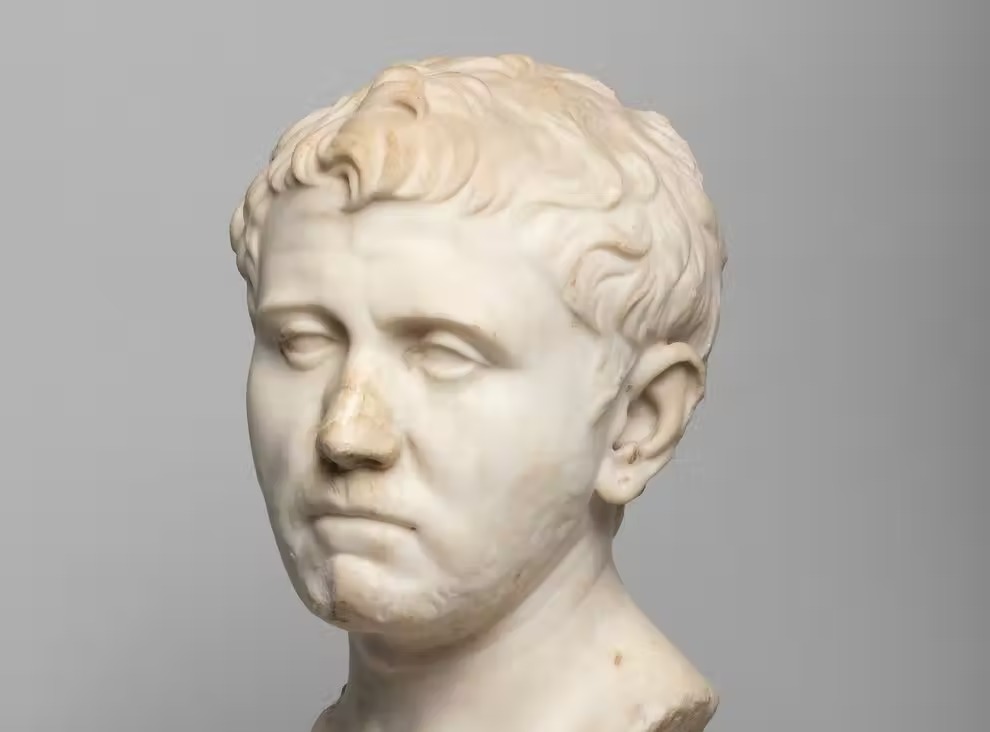
Laura Young had a feeling that the 52-pound marble sculpture she bought from a Goodwill Store in Austin, Texas, in 2018, was worth more than the $34.99 she paid. However, the vintage store owner never thought it would be a priceless, 2000-year-old Roman relic dating back to the first century AD.
Young had initially thought she would sell the statue as a garden sculpture. However, after closely examining its weathered appearance and classic lines, she wondered if it was more valuable. The vintage store owner, who had previously auctioned a Goodwill-bought Chinese painting for $63,000, reached out to some auction houses. To her surprise, Jörg Deterling, a consultant at Sotheby's in New York, matched the statue to one found in a 1931 picture of a courtyard of a German villa.

Subsequent research by the experts at the San Antonio Museum of Art uncovered that the bust was carved in Rome between 100 BC and 100 AD. By the mid-1800s, it had been sent to Germany and acquired by King Ludwig I of Bavaria for his Roman-inspired villa. The bust, along with other artifacts, were moved to a storage facility before the palace was damaged by Allied bombing during World War II. However, in 1950, warehouse officials noticed that the statue was missing. Art historians speculate that it was brought to the US by an American soldier stationed there.
"There was definitely a lot of American presence. And so it seems likely that, however they got hold of [the bust], that some American who was stationed there probably got it and brought it back home with them to Texas somehow," said Lynley Alpine, a postdoctoral curatorial fellow and Roman arts specialist at the museum.

Scholars are divided about the identity of the handsome bearded young man. Some think the bust depicts Sextus Pompey, whose father, Pompey the Great, was killed during a power struggle against Julius Caesar. Sextus took up his late father's cause, fighting to seize control of Rome until he was executed in 35 BC. Others believe it is a bust of Roman commander Nero Claudius Drusus Germanicus, the younger brother of Emperor Tiberius, whose troops once occupied German territory.
After realizing the sculpture's history, Young decided to return it to Germany. "It was extremely bittersweet to say the least," she said. "But I only have control over what I can control, and art theft, looting during war, is a war crime. I can't be party to it."
The statue is currently on display at the San Antonio Museum of Art, home to an extensive collection of ancient Roman art. It will be shipped to Germany sometime in 2023. While Young could not auction the statue for a high price, she did receive an undisclosed "finders fee" for her efforts.
Resources: Guardian.co.uk, smithsonianmag.com, Austin American Statesman, theartnewspaper.com
